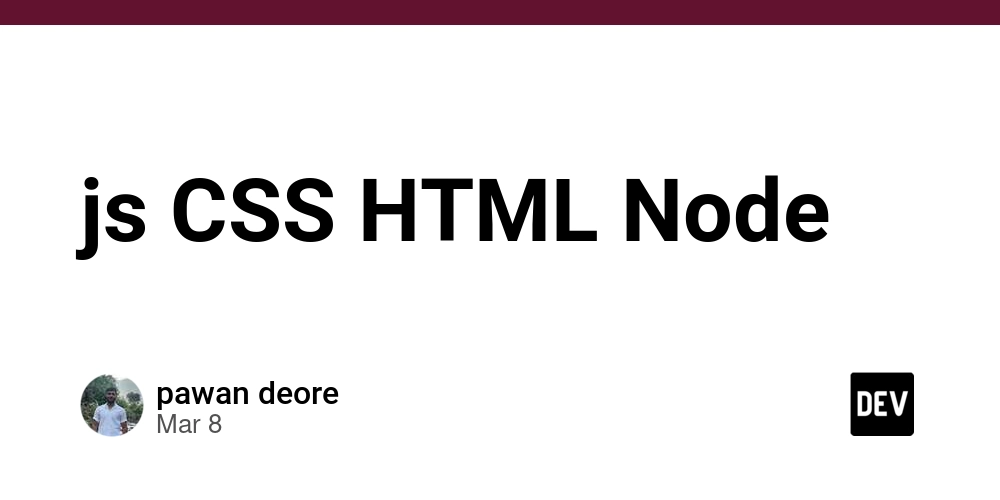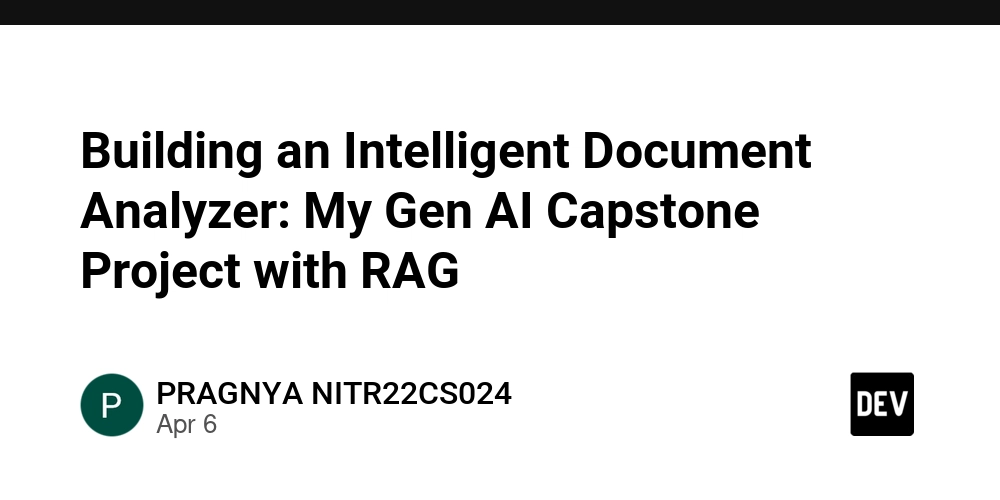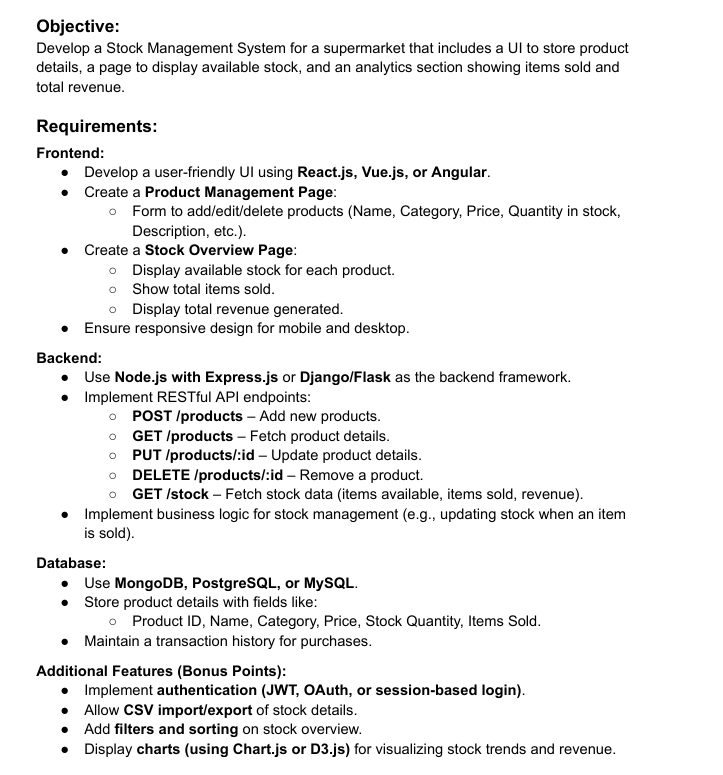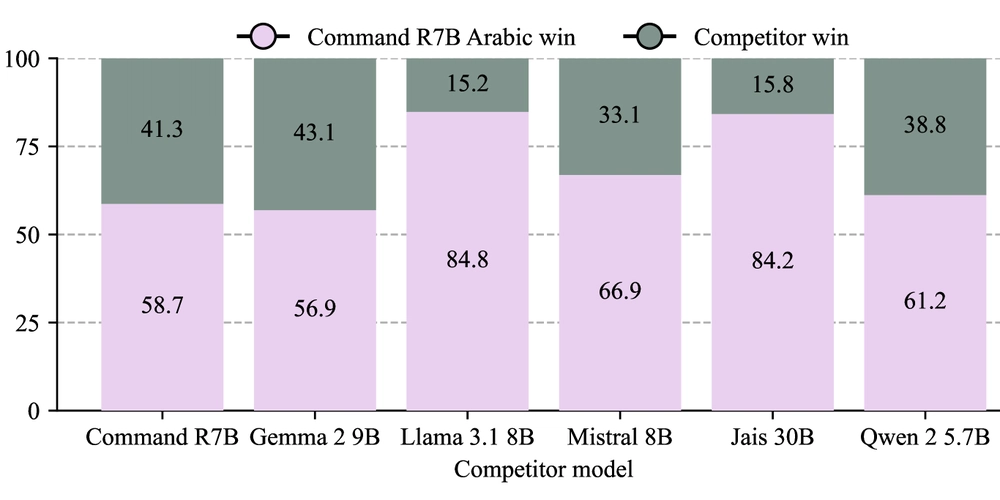js CSS HTML Node
# Building a Basic Web App with JavaScript, CSS, HTML, and Node.js This post guides you through creating a simple web application using core web technologies: HTML, CSS, and JavaScript, along with Node.js for the backend. We'll build a basic "Hello, World!" application that demonstrates interaction between the client (browser) and the server. ## Project Setup First, let's set up our project directory: bash mkdir hello-world-app cd hello-world-app mkdir public touch public/index.html public/style.css public/script.js server.js npm init -y # Initializes a Node.js project with default settings npm install express # Installs the Express.js framework This creates a directory structure like this: hello-world-app/ ├── public/ │ ├── index.html │ ├── script.js │ └── style.css ├── server.js └── package.json ## 1. HTML (index.html) `public/index.html` defines the structure of our webpage: html Hello World App Hello, World! This is a static message. Change Message **Explanation:** * ``: Declares the document type as HTML5. * ``: The root element, specifying the language as English. * ``: Contains metadata, including the title and links to CSS. * ``: Links the external stylesheet. * ``: Contains the visible content of the page. * `Hello, World!`: A level 1 heading. * `This is a static message.`: A paragraph with the ID "message". We'll manipulate this with JavaScript. * `Change Message`: A button that, when clicked, will trigger a JavaScript function. * ``: Links the external JavaScript file. It's placed at the end of the `body` to ensure the HTML elements are loaded before the script runs. ## 2. CSS (style.css) `public/style.css` provides styling for the webpage: css body { font-family: sans-serif; display: flex; flex-direction: column; align-items: center; justify-content: center; height: 100vh; margin: 0; background-color: #f0f0f0; } h1 { color: #333; } button { padding: 10px 20px; background-color: #4CAF50; color: white; border: none; cursor: pointer; border-radius: 5px; } button:hover { background-color: #3e8e41; } message { margin-top: 20px; font-style: italic; } **Explanation:** * `body`: Styles the body element for a centered layout using Flexbox. * `h1`: Styles the `` heading. * `button`: Styles the button with padding, background color, text color, etc. Also includes a `cursor: pointer` to indicate it's clickable. * `button:hover`: Changes the background color on hover for a visual cue. * `#message`: styles the p tag with the id "message" to add some spacing and italicize it. ## 3. JavaScript (script.js) `public/script.js` handles the dynamic behavior of the page: javascript document.addEventListener('DOMContentLoaded', function() { const changeMessageButton = document.getElementById('changeMessageButton'); const messageElement = document.getElementById('message'); changeMessageButton.addEventListener('click', function() { messageElement.textContent = 'Message changed by JavaScript!'; }); }); **Explanation:** * `document.addEventListener('DOMContentLoaded', function() { ... });`: This ensures the code runs after the entire HTML document is loaded. It's crucial to avoid errors when trying to access elements that haven't been rendered yet. * `const changeMessageButton = document.getElementById('changeMessageButton');`: Gets a reference to the button element using its ID. * `const messageElement = document.getElementById('message');`: Gets a reference to the paragraph element using its ID. * `changeMessageButton.addEventListener('click', function() { ... });`: Attaches a click event listener to the button. When the button is clicked, the provided function will be executed. * `messageElement.textContent = 'Message changed by JavaScript!';`: Inside the click handler, this changes the text content of the paragraph element to a new message. ## 4. Node.js (server.js) `server.js` creates the server using Node.js and Express: javascript const express = require('express'); const path = require('path'); // Import the path module const app = express(); const port = 3000; // Serve static files from the 'public' directory app.use(express.static(path.join(__dirname, 'public'))); app.get('/', (req, res) => { res.sendFile(path.join(__dirname, 'public', 'index.html')); // Explicitly send the index.html }); app.listen(port, () => { console.log(Server listening at http://localhost:${port}); }); **Explanation:** * `const express = require('express');`: Imports the Express.js library. * `const path = require('path');`: Imports the `path` module, which provides utilities for working with file and directory paths. This is important for constructing correct file paths. * `const app = express();`: Creates an Express application. * `const port = 3000

# Building a Basic Web App with JavaScript, CSS, HTML, and Node.js
This post guides you through creating a simple web application using core web technologies: HTML, CSS, and JavaScript, along with Node.js for the backend. We'll build a basic "Hello, World!" application that demonstrates interaction between the client (browser) and the server.
## Project Setup
First, let's set up our project directory:
bash
mkdir hello-world-app
cd hello-world-app
mkdir public
touch public/index.html public/style.css public/script.js server.js
npm init -y # Initializes a Node.js project with default settings
npm install express # Installs the Express.js framework
This creates a directory structure like this:
hello-world-app/
├── public/
│ ├── index.html
│ ├── script.js
│ └── style.css
├── server.js
└── package.json
## 1. HTML (index.html)
`public/index.html` defines the structure of our webpage:
html
Hello World App
Hello, World!
This is a static message.
Change Message
**Explanation:**
* ``: Declares the document type as HTML5.
* ``: The root element, specifying the language as English.
* ``: Contains metadata, including the title and links to CSS.
* ``: Links the external stylesheet.
* ``: Contains the visible content of the page.
* `Hello, World!
`: A level 1 heading.
* `This is a static message.`: A paragraph with the ID "message". We'll manipulate this with JavaScript.
* ``: A button that, when clicked, will trigger a JavaScript function.
* ``: Links the external JavaScript file. It's placed at the end of the `body` to ensure the HTML elements are loaded before the script runs.
## 2. CSS (style.css)
`public/style.css` provides styling for the webpage:
css
body {
font-family: sans-serif;
display: flex;
flex-direction: column;
align-items: center;
justify-content: center;
height: 100vh;
margin: 0;
background-color: #f0f0f0;
}
h1 {
color: #333;
}
button {
padding: 10px 20px;
background-color: #4CAF50;
color: white;
border: none;
cursor: pointer;
border-radius: 5px;
}
button:hover {
background-color: #3e8e41;
}
message {
margin-top: 20px;
font-style: italic;
}
**Explanation:**
* `body`: Styles the body element for a centered layout using Flexbox.
* `h1`: Styles the `` heading.
* `button`: Styles the button with padding, background color, text color, etc. Also includes a `cursor: pointer` to indicate it's clickable.
* `button:hover`: Changes the background color on hover for a visual cue.
* `#message`: styles the p tag with the id "message" to add some spacing and italicize it.
## 3. JavaScript (script.js)
`public/script.js` handles the dynamic behavior of the page:
javascript
document.addEventListener('DOMContentLoaded', function() {
const changeMessageButton = document.getElementById('changeMessageButton');
const messageElement = document.getElementById('message');
changeMessageButton.addEventListener('click', function() {
messageElement.textContent = 'Message changed by JavaScript!';
});
});
**Explanation:**
* `document.addEventListener('DOMContentLoaded', function() { ... });`: This ensures the code runs after the entire HTML document is loaded. It's crucial to avoid errors when trying to access elements that haven't been rendered yet.
* `const changeMessageButton = document.getElementById('changeMessageButton');`: Gets a reference to the button element using its ID.
* `const messageElement = document.getElementById('message');`: Gets a reference to the paragraph element using its ID.
* `changeMessageButton.addEventListener('click', function() { ... });`: Attaches a click event listener to the button. When the button is clicked, the provided function will be executed.
* `messageElement.textContent = 'Message changed by JavaScript!';`: Inside the click handler, this changes the text content of the paragraph element to a new message.
## 4. Node.js (server.js)
`server.js` creates the server using Node.js and Express:
javascript
const express = require('express');
const path = require('path'); // Import the path module
const app = express();
const port = 3000;
// Serve static files from the 'public' directory
app.use(express.static(path.join(__dirname, 'public')));
app.get('/', (req, res) => {
res.sendFile(path.join(__dirname, 'public', 'index.html')); // Explicitly send the index.html
});
app.listen(port, () => {
console.log(Server listening at http://localhost:${port});
});
**Explanation:**
* `const express = require('express');`: Imports the Express.js library.
* `const path = require('path');`: Imports the `path` module, which provides utilities for working with file and directory paths. This is important for constructing correct file paths.
* `const app = express();`: Creates an Express application.
* `const port = 3000;`: Defines the port the server will listen on.
* `app.use(express.static(path.join(__dirname, 'public')));`: This line is crucial. It tells Express to serve static files (HTML, CSS, JavaScript, images) from the `public` directory. `path.join(__dirname, 'public')` creates an absolute path to the `public` directory, making sure it works correctly regardless of where the script is run.
* `app.get('/', (req, res) => { ... });`: Defines a route handler for the root path (`/`).
* `req`: The request object (contains information about the incoming request).
* `res`: The response object (used to send a response to the client).
* `res.sendFile(path.join(__dirname, 'public', 'index.html'));`: Sends the `index.html` file as the response. Again, `path.join` ensures the path is correct. It's important to explicitly send the `index.html` here. Without this, only the files in `public` would be accessible, and the root route might not resolve to the `index.html` page.
* `app.listen(port, () => { ... });`: Starts the server and listens for connections on the specified port. The callback function logs a message to the console when the server is running.
## Running the Application
1. **Save all files.**
2. **Open your terminal or command prompt.**
3. **Navigate to your project directory:** `cd hello-world-app`
4. **Start the server:** `node server.js`
5. **Open your web browser and go to:** `http://localhost:3000`
You should see the "Hello, World!" message. Click the "Change Message" button, and the message below should update.
## Key Takeaways
* **HTML:** Defines the structure of the webpage.
* **CSS:** Styles the appearance of the webpage.
* **JavaScript:** Adds dynamic behavior to the webpage.
* **Node.js:** Provides a server-side environment for running JavaScript.
* **Express.js:** Simplifies the process of building web applications with Node.js.
* **`express.static`:** Serves static files (HTML, CSS, JS) directly to the client.
* **`path.join`:** Ensures correct file path construction across different operating systems.
* **Event Listeners:** Allow JavaScript to respond to user interactions (like button clicks).
This simple application demonstrates the fundamental principles of building web applications with HTML, CSS, JavaScript, and Node.js. You can expand on this foundation to create more complex and interactive web experiences.









































































































































































![[The AI Show Episode 142]: ChatGPT’s New Image Generator, Studio Ghibli Craze and Backlash, Gemini 2.5, OpenAI Academy, 4o Updates, Vibe Marketing & xAI Acquires X](https://www.marketingaiinstitute.com/hubfs/ep%20142%20cover.png)


























































































































![[FREE EBOOKS] The Kubernetes Bible, The Ultimate Linux Shell Scripting Guide & Four More Best Selling Titles](https://www.javacodegeeks.com/wp-content/uploads/2012/12/jcg-logo.jpg)



![From drop-out to software architect with Jason Lengstorf [Podcast #167]](https://cdn.hashnode.com/res/hashnode/image/upload/v1743796461357/f3d19cd7-e6f5-4d7c-8bfc-eb974bc8da68.png?#)







































































































.png?#)




.jpg?#)
































_Christophe_Coat_Alamy.jpg?#)
 (1).webp?#)





































































































![Rapidus in Talks With Apple as It Accelerates Toward 2nm Chip Production [Report]](https://www.iclarified.com/images/news/96937/96937/96937-640.jpg)








































































































































